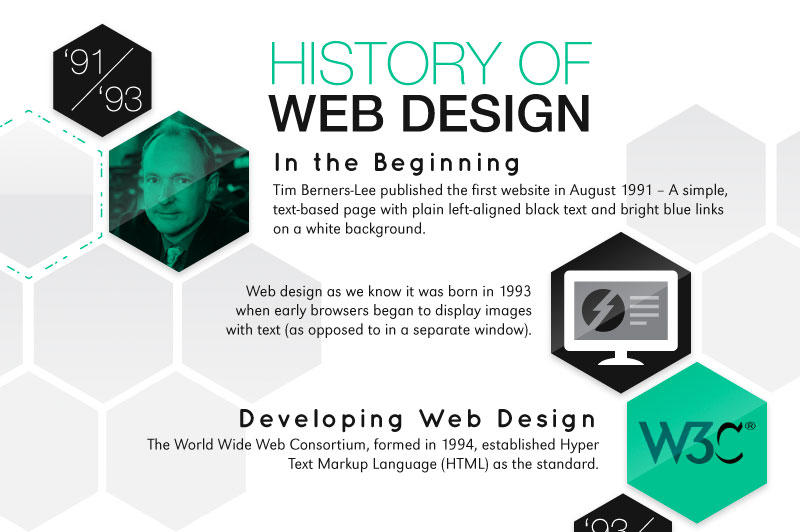Essential Facets Of Web Design: Standards For Establishing A User-Centric Website
Essential Facets Of Web Design: Standards For Establishing A User-Centric Website
Blog Article
Authored By-Christophersen Daugaard
When it involves web site design, guaranteeing user-friendliness is essential. From receptive style to structured navigation, every aspect plays a critical role in developing a site that accommodates your target market's needs. Yet what about the better information that can make or damage an individual's surfing experience? Keep tuned as we discover some often-overlooked ideas that can elevate your website's functionality to the following level, making it absolutely stand out in the digital landscape.
Importance of Responsive Layout
Responsive style is a critical aspect of contemporary website growth. Guaranteeing your website is receptive ways that it can adjust to various display sizes and tools, offering a smooth experience for users.
With the enhancing use mobile phones and tablet computers to access the net, having a receptive design is necessary for getting to a wider audience. It aids in improving customer experience by making your website easy to browse and read on any type of device.
Additionally, receptive style can favorably affect your internet search engine rankings, as search engines like Google focus on mobile-friendly sites. By having a responsive design, you're likewise future-proofing your website, as new devices with varying display dimensions continue to arise.
Simplify Navigating Framework
To improve customer experience and assist in simple accessibility to details on your website, enhancing the navigating framework is vital. When making your website, focus on creating a clear and intuitive navigating menu that helps visitors locate what they're searching for rapidly.
Restriction the number of menu items to the basics, grouping associated web pages together to prevent frustrating individuals. Use descriptive labels that clearly show the content of each web page, making it less complicated for users to understand where each web link will certainly take them.
Consider implementing dropdown menus for subcategories to avoid jumbling the primary navigating bar. In addition, include a search bar prominently on the web page for individuals who favor searching for certain details.
Prioritize mobile responsiveness in your navigating style to make certain simple gain access to on all tools.
Enhance Page Tons Rate
Improving web page load rate is important for keeping visitors on your internet site. Slow-loading pages irritate customers and can cause high bounce prices. To enhance page tons speed, begin by enhancing pictures. Compress https://louiszgotx.blogpayz.com/33111219/are-you-prepared-to-check-out-the-honest-improvements-in-web-site-hosting-that-begin-with-the-letter-a without compromising top quality to reduce their file sizes.
Additionally, enable browser caching to keep often accessed sources in your area, speeding up lots times for returning visitors. Minify CSS, JavaScript, and HTML documents by eliminating unneeded characters, comments, and format, improving load speed.
Consider utilizing a material delivery network (CDN) to distribute your site's content throughout numerous servers worldwide, decreasing latency for individuals accessing your website from various locations. Lastly, limit the use of third-party scripts and plugins, as they can dramatically affect lots times.
Conclusion
Finally, by integrating responsive style, streamlining navigation, and maximizing page load rate, you can develop a straightforward web site that interest a wider audience and enhances user experience. These essential elements ensure that site visitors can quickly accessibility and navigate your site across different gadgets, leading to increased interaction and contentment. By focusing on these crucial elements, you can construct a successful site that keeps users coming back for even more.
